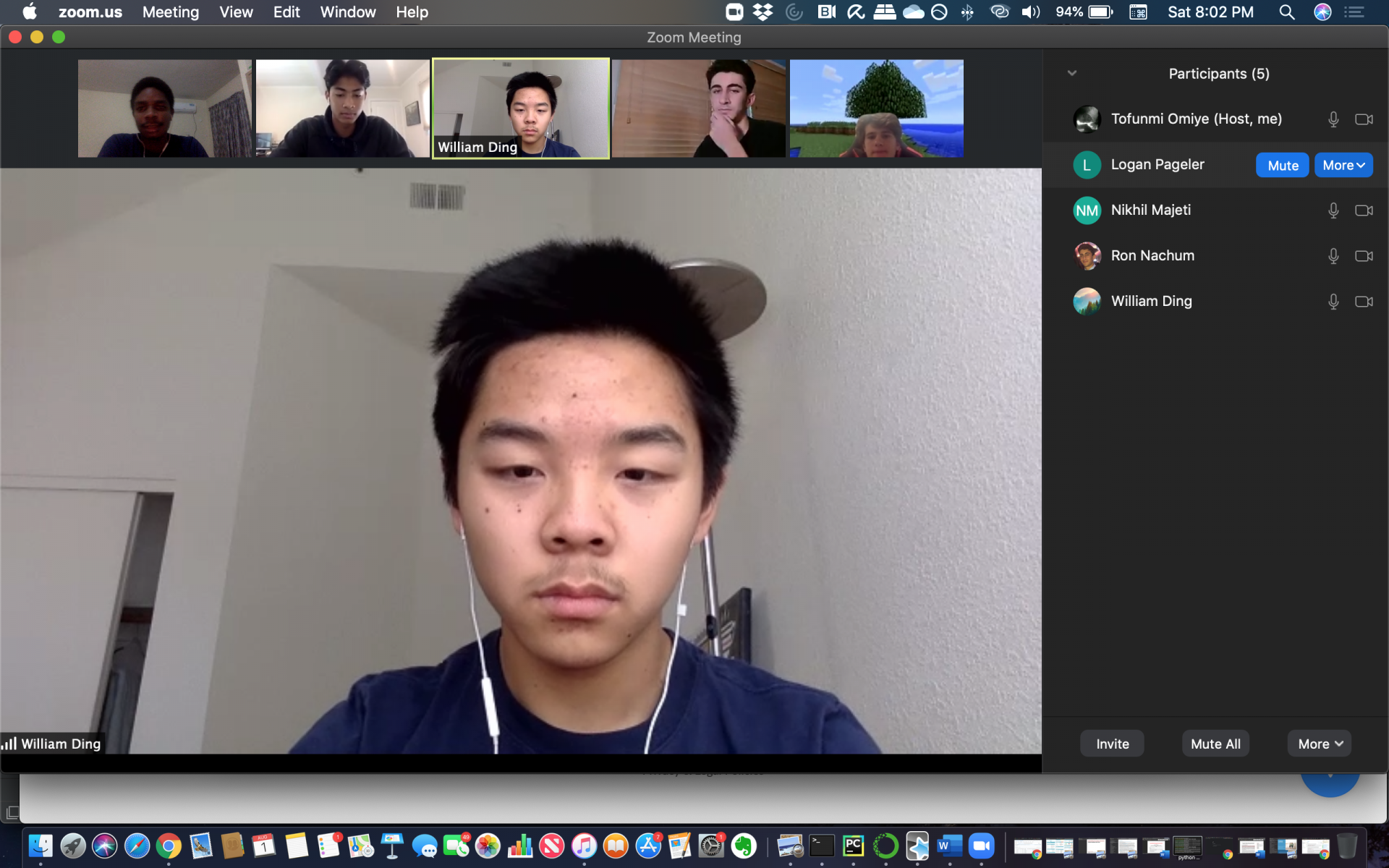
Tofunmi Omiye
High Schoolers Show How Data Analysis Can Shape Public Health Policy

Tofunmi Omiye
High Schoolers Show How Data Analysis Can Shape Public Health Policy
Remember the game where you’re given several disparate items and you get two minutes to make up a skit using all of them? Well, that’s not too different from what happened to Nigam Shah, MBBS, PhD, during late spring 2020.
Shah is professor of biomedical informatics at the Stanford University School of Medicine and associate chief information officer for data science at Stanford Health Care. In June, he received emails from four high school students looking for research experience during their summer vacation. The students approached Shah because the pandemic forced a temporary shutdown of programs such as the Stanford Institutes of Medicine Summer Research Program (SIMR), which is the primary mechanism by which faculty accept high school interns.
At the same time, Shah was in touch with Tofunmi Omiye, a physician in Nigeria, who had been admitted to a master’s degree program in health policy at Stanford but was delayed entrance because of the pandemic. Omiye said he was seeking a research assistant position to help fund his Stanford education and asked if Shah had a research project he could work on.
“At that point, I wondered if I could combine these two problems: Here’s a master’s student doing a research project, and here’s a bunch of kids wanting to do something so they’re not bored out of their minds sitting at home all summer long. So I asked each of them if they would be OK working on a team project as opposed to me working with them one-on-one, and they all said yes,” Shah says.
The result exceeded all expectations and led to a March 2021 presentation during the American Medical Informatics Association (AMIA) 2021 Virtual Informatics Summit.
The Backstory
The four students had written to Shah completely on their own to inquire about summer research opportunities in his lab. Logan Pageler (son of clinical professor of biomedical informatics research Natalie Pageler, MD) and Nikhil Majeti (son of professor and division chief of hematology Ravi Majeti, MD, PhD) were given Shah’s name by their parents. The other two—Ron Nachum and William Ding—found Shah independently.
As Ding says, “I first saw Professor Shah in one of Stanford Medicine’s virtual town hall videos about COVID-19. I then found his various projects on Stanford’s website and reached out to him to see what I could help with.”
Not long after that, Omiye, who holds the equivalent of an MD degree from the University of Ibadan in Nigeria, approached Shah and several other Stanford faculty to ask about serving as a paid research assistant. Omiye noted that Shah’s focus coincided with Omiye’s interests in big data and medicine.
When Shah asked if Omiye was willing to serve as an unpaid mentor to four high school students on a project he was thinking about, the master’s candidate jumped at the opportunity.
“In the end, they determined that if you open up restaurants,
that’s bad; and that’s exactly what all the famous public health
scientists concluded four to six weeks later! So some kids who
knew nothing about epidemiology used their computers and some
data sets to match wits with the best in the field”
“In the end, they determined that if you open up restaurants,
that’s bad; and that’s exactly what all the famous public health
scientists concluded four to six weeks later! So some kids who
knew nothing about epidemiology used their computers and some
data sets to match wits with the best in the field”

William Ding ponders comments made during a Zoom teleconference call with his fellow high school research colleagues and mentor Tofunmi Omiye
